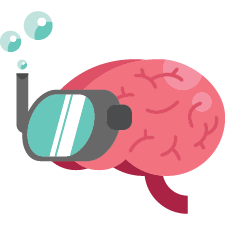Install Steam
login
|
language
简体中文 (Simplified Chinese)
繁體中文 (Traditional Chinese)
日本語 (Japanese)
한국어 (Korean)
ไทย (Thai)
Български (Bulgarian)
Čeština (Czech)
Dansk (Danish)
Deutsch (German)
Español - España (Spanish - Spain)
Español - Latinoamérica (Spanish - Latin America)
Ελληνικά (Greek)
Français (French)
Italiano (Italian)
Bahasa Indonesia (Indonesian)
Magyar (Hungarian)
Nederlands (Dutch)
Norsk (Norwegian)
Polski (Polish)
Português (Portuguese - Portugal)
Português - Brasil (Portuguese - Brazil)
Română (Romanian)
Русский (Russian)
Suomi (Finnish)
Svenska (Swedish)
Türkçe (Turkish)
Tiếng Việt (Vietnamese)
Українська (Ukrainian)
Report a translation problem









































The game stopped showing on the screen but the screen turned to black and I could not use it at all. Mouse arrow disappeared in VR too.
I've been experimenting quite a bit with a 1080ti, and more recently a 4070 ti, paired to a Rift s.
The result is a reasonably crisp image with 40% headroom in solo, which is plenty for online.
I have spent a lot of hours on this, and I have noticed some strange interactions and dependencies between different settings. Also changing the pixels per display in oculus debug mode can have counter intuitive results.
Below are the important bits, happy to share more.
Oculus runtime (not steam, or Open XR)
-Quality mode
Oculus Debug Mode
-Pixels per display 0
-Horizontal 0.85
-Vertical 0.7
NVIDIA control panel
-as described here
vrperfkit
-Image Scaling disabled
-Fixed Foveated Rendering enabled
Engine.ini
-as described
In Game
-Resolution Scale 100%
-VR Pixel Density 200%
-DLSS and FSR disabled
-Temporal AA Epic, no Gen 5
-Advanced sharpen disabled
-Sharpen 240
The problem is that ACC uses deferred rendering. Epic itself states you should use Forward Rendering for VR due to it's better AA support that works better for VR.
The blurriness and perf issues are simply because it's deferred rendering. Which is why people often praise iRacing and a few other sims for looking sharper in VR.
Fundamentally ACC is worse for VR cause of that choice. (but it's Lighting looks better using deferred)
After 2 days of cursing/investigation i found that the ingame FPS limiter causes the "late start" in the CPU frame timing. It must be set to off @scuba guy.